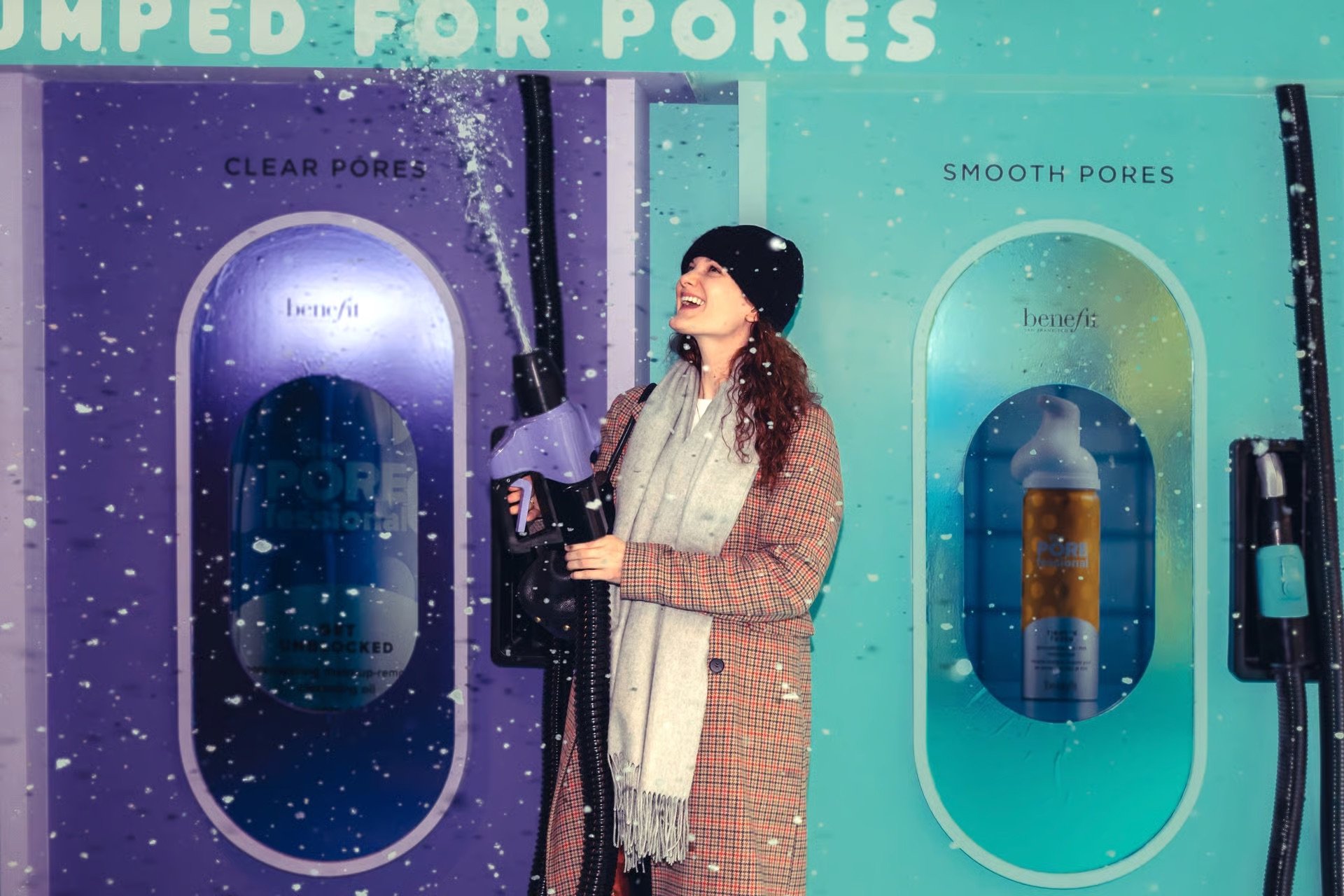The Power of Tactile Moments In Store
Touch is a powerful and often underestimated sense in a retail environment. Research shows that tactile interactions significantly influence consumer behavior, enhancing engagement and satisfaction. The sense of touch plays a crucial role in forming emotional connections with products, driving purchasing decisions, and fostering brand loyalty. Post-pandemic, people are looking to touch and interact now more than ever.
The Impact of Touch in Retail
Tactile interactions can significantly enhance customer engagement and satisfaction. A study on brain activity during in-store experiences highlighted the importance of touch in the decision-making process. It found that when customers touched a product, they perceived it as more valuable and were willing to pay a higher price for it. This phenomenon, known as the "endowment effect," suggests that physical contact with an item can increase its perceived ownership and value.
Texture and Emotion
A crucial part of the tactile experience is in the texture, weight, and overall feel of a product, packaging and display in store - evoking emotions that impact our desire to own it. For example, the softness and warmth of a fabric can create a sense of luxury and comfort, making it feel like a worthwhile investment. The weight of a product can also convey a sense of quality and durability. This tactile feedback can instil a sense of trust and reliability, prompting consumers to make the purchase.
Brands like Apple excel in sensory marketing by incorporating tactile elements to enhance the customer experience across multiple touch-points. Apple meticulously designs the tactile feel of not just their products, but also their in store displays. This is achieved by using distinct materials and high-end textures reminiscent of the product, to create strong tangible connections between the in store experience, their product and consumers.
Purposeful Interactive Digital Integration
To capitalise on the power of touch, retailers are integrating interactive moments and digital elements into their store designs. These Interactive displays need to be purpose-driven, to encourage use of touchscreens or phones to provide product information, virtual try-ons, or even augmented reality experiences that blend the digital and physical worlds.
When implemented strategically, these technologies can transform the retail experience, making it more engaging and satisfying for customers, ultimately leading to higher sales and customer loyalty.
Source
The integration of L’Oréal’s Modiface AR mirrors was reported to have boosted sales by over 30% in store.
Over 50% of consumers report better recall of brands that regularly engage them with immersive technologies.
Max Mara
‘The Fluffy Residence’, Global
To commemorate the 10th anniversary of the Max Mara teddy bear coat, they launched a global pop-up campaign in Chengdu, Milan, and London, focusing on the luxurious texture of the fabric.
Each room in the residence is enveloped in teddy fabric, from the kitchen to the bedroom, even extending to the bathroom taps and spa bath filled with plush pillows. Every interior detail, including walls, floors, furniture, plants, and glassware, is adorned with the signature fluffy teddy material, creating an immersive experience.
Digital screens seamlessly merge the digital and physical realms, offering glimpses into the whimsical world of Teddy through windows throughout the residence, featuring trees, trams, and buildings.
A "magic mirror" in the wardrobe transforms visitors into adorable teddy bears, adding an enchanting touch to the softest immersive experience imaginable.
Benefit
Pore Wash Pop Up, Global
From New York to London, The Benefit Pore Wash whisked consumers away into a retro-inspired sensory oasis, mimicking a car wash experience tailored for their skin.
The Pore Wash engaged guests to play with 3D-printed gas pumps dispensing foam, spinning brushes and floating bubbles. The pop-up also included sensory walls clad with 3D bubbles, vibrant hues, contrasting patterns and mixed textures.
Attendees indulged in a tactile journey addressing individual skincare needs with the guidance of touch screen quizzes and a dedicated Benefit Porefessional.
Culminating in a bodega-themed shop, guests could explore and purchase products, all while relishing in the tactile memories of their unique sensory adventure.
Burberry
Tom Atton Moore Collab, Paris
British artist Tom Atton Moore collaborated with Burberry to create hand-tufted textile installations spanning over 80 square meters for the brand's Paris showroom and Rue Saint Honoré store.
Inspired by Burberry's recent rebrand, Moore incorporated imagery of the equestrian knight logo and classic British flora into his designs. He used custom-dyed wool yarn in muted tones to match Burberry creative director Daniel Lee's preferred colours.
The installations featured suspended window pieces and floor pieces mimicking plant growth patterns, creating a tactile and textural experience for customers. With a story told through texture, Moore aimed to immerse visitors in the world of the new Burberry.


















